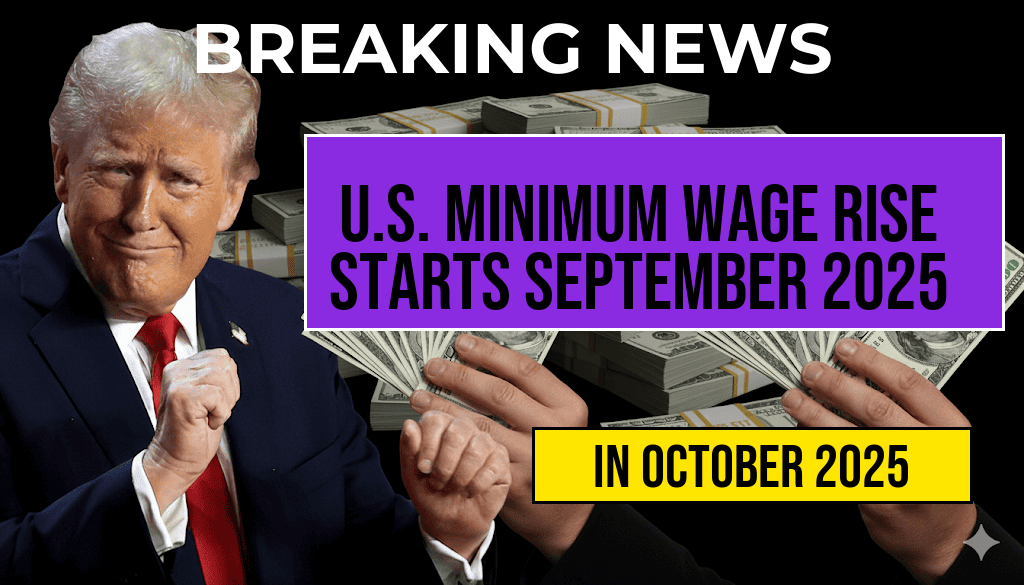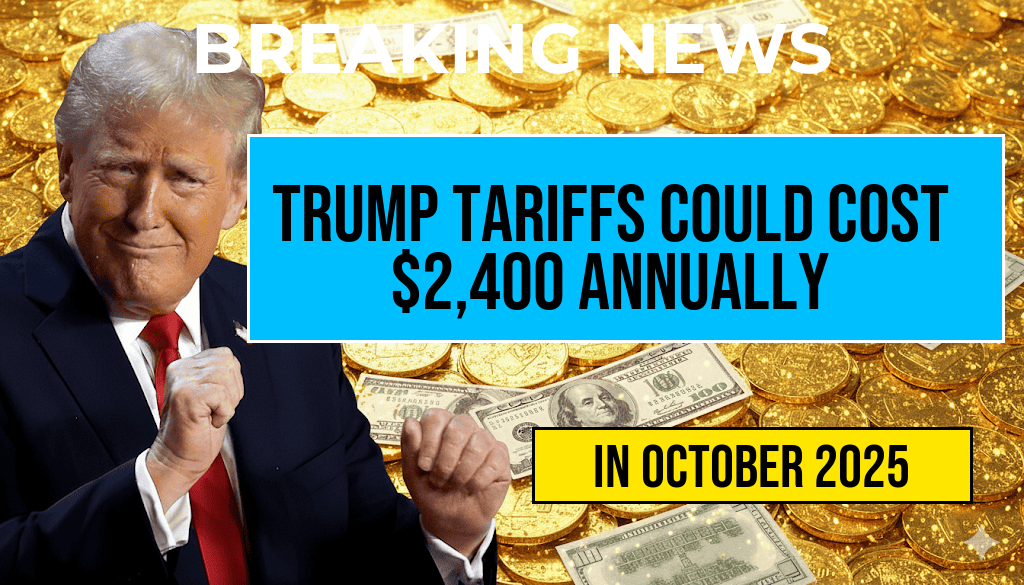The United States is set to see a nationwide increase in the federal minimum wage, effective September 30, 2025, marking a significant shift for millions of workers across various industries. This adjustment is part of ongoing efforts to keep pace with inflation and rising living costs, although it impacts only certain sectors and states with their own minimum wage laws. The federal minimum wage will rise from the current $7.25 per hour to $9.00 per hour, with additional regional variations depending on state and local legislation. Employers, employees, and policymakers are closely watching the implementation to assess its economic effects and the potential for further increases in the coming years. This article provides a comprehensive list of the new hourly rates by state and jurisdiction, along with context on the federal policy, and discusses how this change may influence the labor market.
Federal Minimum Wage Adjustment and Its Scope
The upcoming increase in the federal minimum wage is mandated by the Fair Minimum Wage Act of 2007, which sets a schedule for gradual increases to reach $15 an hour by 2025. However, the scheduled hike to $9.00 per hour in 2025 represents a partial step, with subsequent increases planned for 2026 and beyond. It’s crucial to note that this adjustment applies primarily to workers in the federal jurisdiction, including those employed by federal agencies, contractors, and businesses in states without their own minimum wage laws that exceed the federal rate.
States and cities with higher minimum wages will continue to enforce their own rates, which often surpass the federal threshold. Employers are required to adhere to the highest applicable minimum wage in their jurisdiction. For example, in California and New York, minimum wages are already significantly above the federal minimum, often reaching $15 or more per hour. The federal increase aims to provide a baseline but leaves room for regional variations that reflect local economic conditions.
Complete List of New Hourly Rates by State and Jurisdiction
| Location | New Hourly Rate |
|---|---|
| Federal (for applicable workers) | $9.00 |
| Alabama | Minimum wage laws do not apply; federal rate remains |
| California | $15.50 |
| New York | $15.00 |
| Texas | Minimum wage remains at federal level ($7.25) unless local laws specify otherwise |
| Florida | $11.00 |
| Illinois | $13.00 |
| Massachusetts | $15.00 |
| Washington | $15.74 |
| Oregon | $15.45 |
| Other states and jurisdictions | Rates vary, with some states updating their minimum wages separately |
Notable Regional Variations
- California continues to lead with a minimum wage of $15.50, with some cities like Los Angeles and San Francisco setting even higher local rates.
- New York has increased its minimum wage to $15.00, with urban areas like New York City and Albany maintaining higher figures than rural regions.
- Washington has one of the highest state minimum wages at $15.74, reflecting its cost of living and economic landscape.
- Florida raised its minimum wage to $11.00, a significant increase from the federal baseline, as part of a phased plan to reach $15.00 by 2026.
Implications for Employers and Workers
The federal minimum wage increase is expected to influence employment costs for businesses operating across multiple states, especially those in industries like retail, hospitality, and healthcare. While some employers may face increased labor expenses, others argue that higher wages can boost employee morale and productivity.
Workers earning at or near the previous federal minimum are poised to benefit from increased earnings, potentially improving household financial stability. However, some economists warn that rapid wage hikes could lead to higher prices or reduced employment opportunities if businesses respond by cutting hours or jobs. The Congressional Budget Office (CBO) has projected that modest minimum wage increases could lift many low-wage workers out of poverty without significantly impacting employment levels.
Historical Context and Future Outlook
The scheduled increase in 2025 continues a trend of gradual wage adjustments aimed at addressing income inequality and inflationary pressures. Past increases have often been met with both support and criticism, highlighting the delicate balance policymakers face when setting minimum wages. The Biden administration has emphasized the importance of ensuring a living wage for all workers, advocating for further increases beyond 2025.
As states and localities assess their own wage policies, the federal adjustment serves as a benchmark, influencing broader economic debates about minimum wage standards. For comprehensive details on wage rates and updates, resources like Wikipedia’s minimum wage page and Forbes provide ongoing coverage and analysis.
Frequently Asked Questions
What is the effective date of the new U.S. minimum wage rates?
The new U.S. minimum wage rates will become effective on September 30, 2025.
Which states or regions are affected by the minimum wage increase?
The article provides a complete list of states and regions that will see their minimum wages increase, along with the new hourly rates.
How much will the minimum wage increase in different areas?
The article details the specific hourly rates for each state or region, highlighting the percentage increase from previous wages.
Are there any exceptions or special cases mentioned regarding the wage increase?
Yes, the article discusses exceptions such as small business exemptions or special industry regulations that might affect certain employers or worker groups.
How might this minimum wage increase impact employers and employees?
The article analyzes the potential impact on business costs and employee earnings, emphasizing the importance of understanding the new wage standards.






